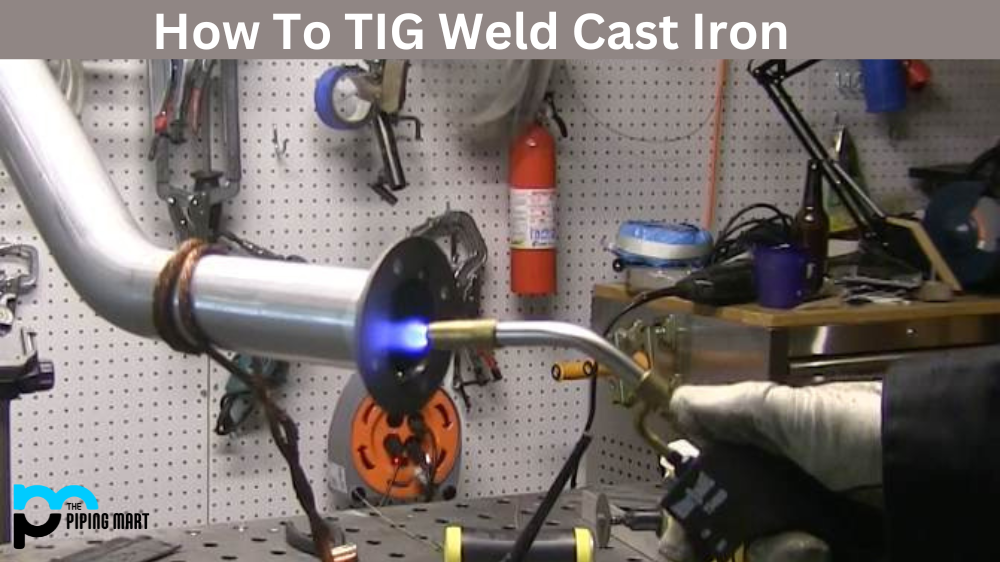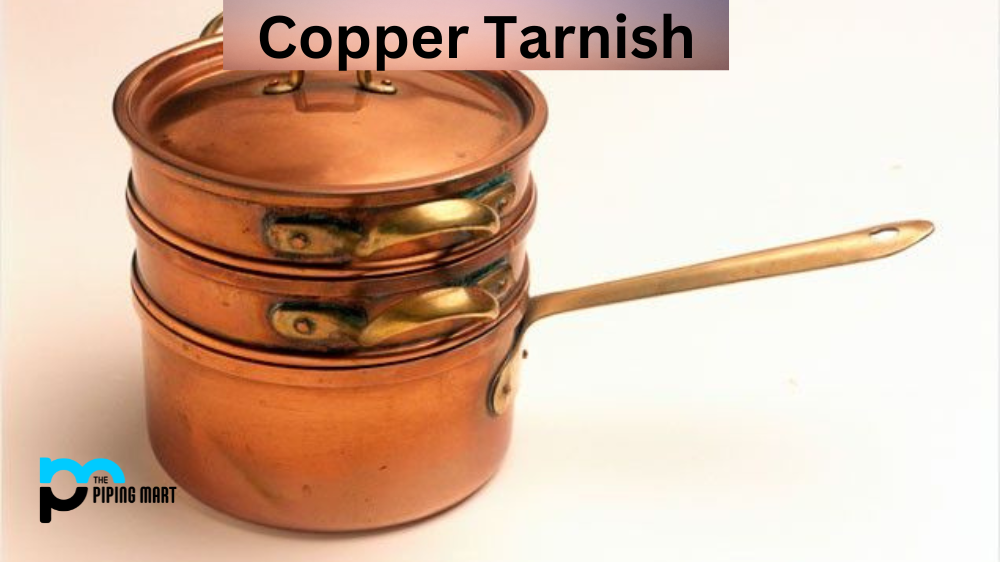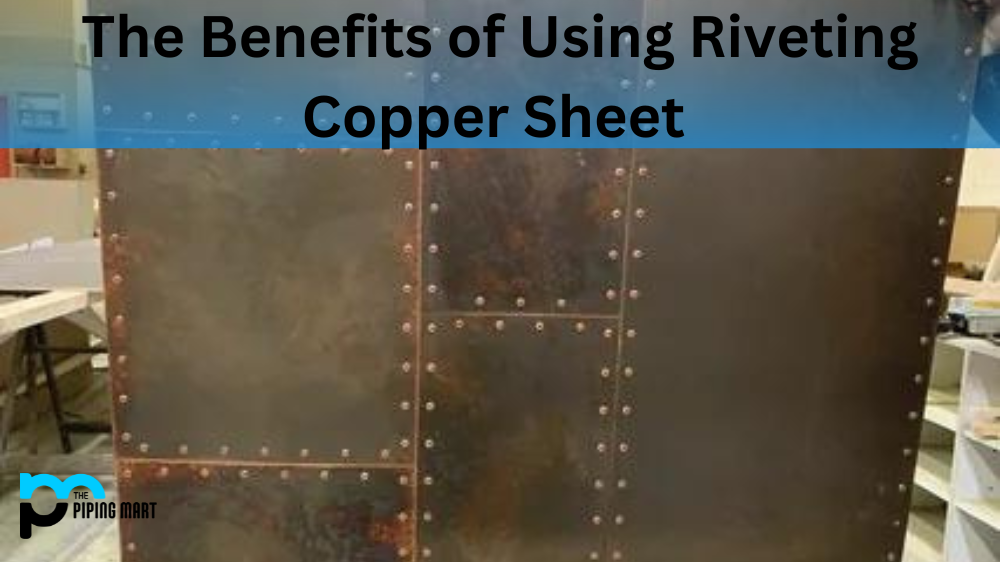When it comes to welding, cast iron is one of the most challenging materials to work with. From its high melting point to its low thermal conductivity, forming a strong weld that won’t crack or break can be difficult. Fortunately, if you know how to tig weld cast iron correctly, you can achieve professional-looking results without any hassle. Let’s look at what you need to know to tig weld cast iron safely and effectively.
Selecting the Right Rods & Filler Metals
When tig welding cast iron, the first step is selecting the right rods and filler metals for your project. As a general rule of thumb, you should use stainless steel filler rods when welding ferrous metals such as cast iron. This will help ensure that your welds are strong and durable. If you’re working on large scale projects, nickel-based filler rods are also an option for you.
Preparing Your Work Area
Once you’ve selected the right rods and filler metals for your project, it’s time to prepare your work area. Ensure that the area is free from dirt or debris that could interfere with your welding process. Additionally, make sure that the surfaces surrounding your work are covered with protective materials such as cardboard or plastic sheets so that they don’t get damaged by sparks or heat during the welding process.
Preheating & Backing Up Your Welds
When tig welding cast iron, it’s important to preheat your material before starting so that it reaches optimal temperature for welding and has enough time to cool down afterwards. You should also create a backing up plate out of aluminium or mild steel behind your weld joint so that excess heat doesn’t build up and cause cracking in your finished product. This will help ensure that your welds are strong and secure!
Conclusion:
Tig welding cast iron can be tricky, but with the right preparation and a bit of practice, you’ll soon be producing professional-looking results in no time! Always select the correct rods and filler metals for best results; preheat material beforehand, and back up all of your welds with appropriate plates so that excess heat doesn’t build up and cause cracking in your finished product! With these tips in mind, you’ll be able to successfully complete any tig welding project involving cast iron in no time at all!
Meet Heer, a dynamic and driven writer learning tricks of her trade in the metal industry. With a background in Digital Marketing, Heer brings a unique perspective to her writing, sharing valuable insights. Apart from blogging she like reading and hiking.




